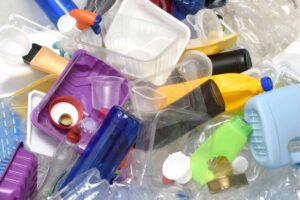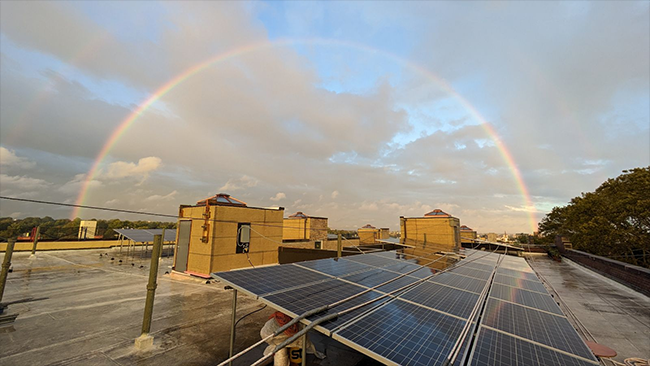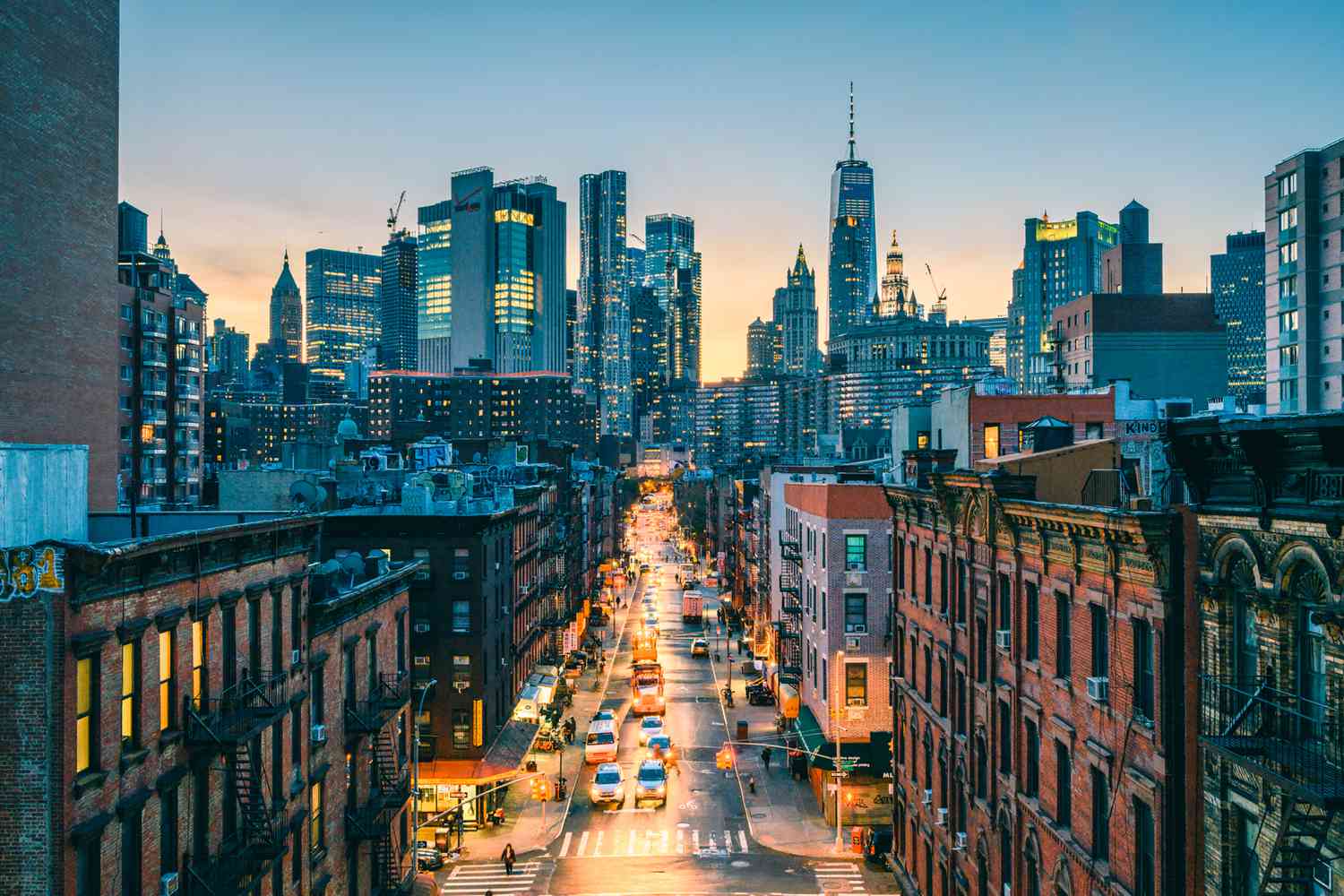
New York City first added a recycling law to the books way back in 1989, but recycling rates have remained stubbornly low: about 20% for households and 25% for businesses. The goal set in the 80s was 25%, and 35 years later, we’re still struggling to reach it.
But one reason rates have remained so low is that, until now, all the responsibility for reducing plastic pollution has fallen on the consumer, with little support from government- how many public recycling bins are there outside Manhattan?- and absolutely no incentive for the companies that produce plastic packaging and single use plastic to change their approach.
The bill, known as the Packaging Reduction and Recycling Infrastructure Act, seeks to reduce the amount of packaging waste thrown away by New Yorkers by 50% over the next twelve years.
The bill primarily penalizes plastic producers, charging large manufacturing companies like Amazon, Walmart and Costco. If passed into law, the legislation would give state regulators the power to fine a business up to $1,000 per day for each violation.
Of course, not everyone is thrilled about the prospect of new regulations and fines to reduce plastic pollution. In a statement, the Plastics Industry Association claimed, “This legislation as written is impractical and unworkable” and “it needs a lot of work before it is ready for primetime.”
But advocates are hoping laws like this will become a new tool in the fight against plastic pollution, which has infiltrated our waterways, our food supply and even our own bloodstreams. Four other states have already passed similar laws, known as extended producer responsibility (EPR) laws.
“We have a solid waste crisis, we have a plastic pollution crisis,” said Kate Donovan, regional lead northeast of environmental health at the Natural Resources Defense Council. She says the bill gets rid of what’s called “problematic plastics,” including banning plastic that has toxic chemicals in it.
The bill is now one step closer to becoming a law, passed the assembly’s environmental committee a few weeks ago.
You can read more about this on the New York League of Conservation Voters’ website here.

